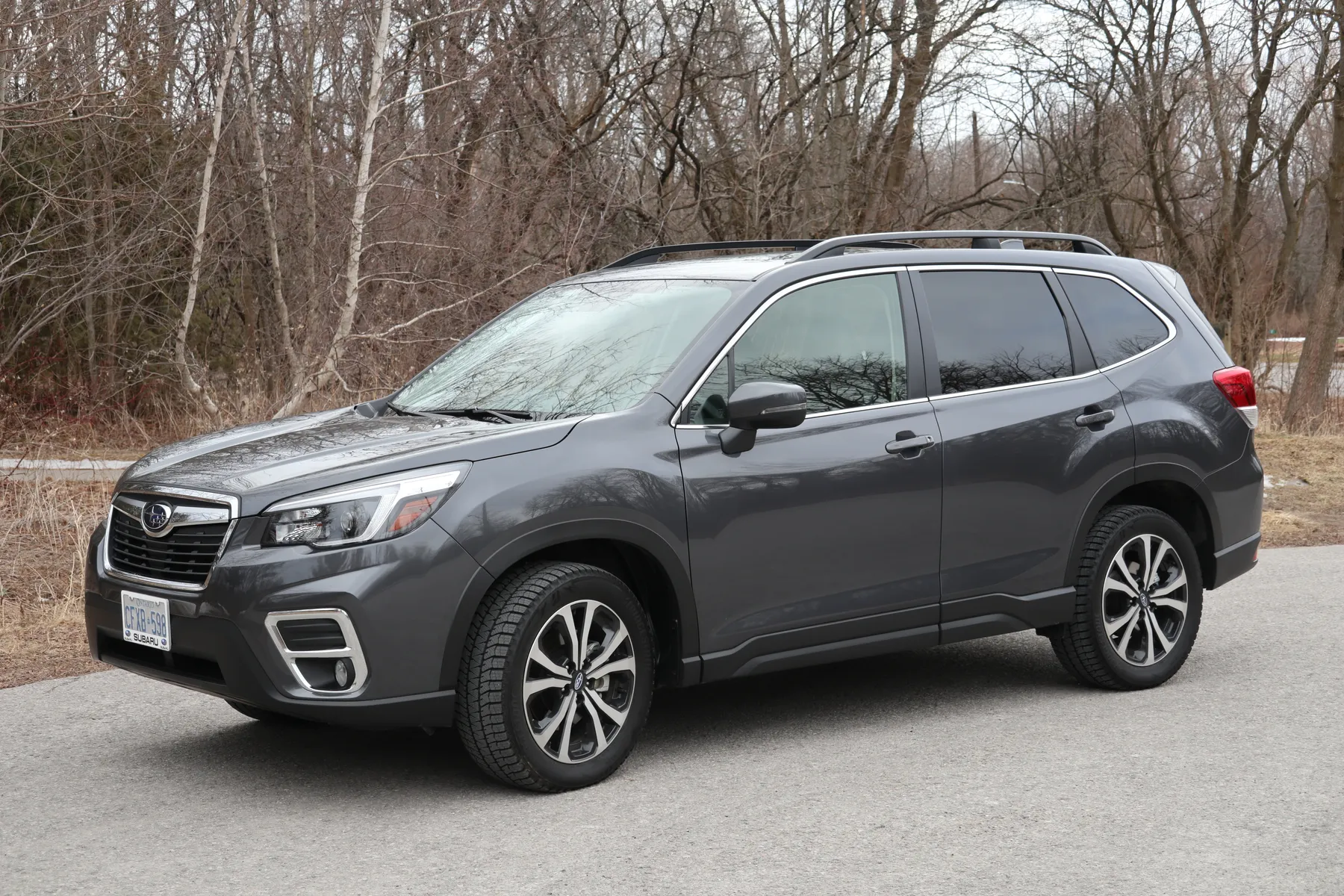The automotive market has witnessed an extraordinary transformation over the past two decades, with crossovers emerging as the dominant vehicle segment globally.
These vehicles, which blend the practical utility of SUVs with the driving comfort and fuel efficiency of smaller cars, have resonated strongly with consumers looking for versatility without the bulkiness of traditional SUVs.
As a result, virtually every major automaker has invested heavily in crossover development, launching multiple models across various sizes, price points, and powertrain configurations.
This explosion in crossover offerings has profoundly reshaped the automotive landscape, but it has also created a fascinating dynamic between certain models that continuously capture buyer attention and others that seem to drown in an oversaturated market.
Crossovers occupy a unique sweet spot by providing the elevated driving position and spacious interiors that families desire, while maintaining relatively compact footprints that ease city driving and parking.
Their appeal spans demographics—from young professionals craving stylish yet practical vehicles, to retirees wanting comfortable and easy-to-drive cars, and active families needing cargo space and all-weather capability. This broad appeal has driven sales growth year after year, pushing crossovers to the forefront of automotive sales charts worldwide.
However, the rapid proliferation of crossovers has created a competitive battlefield where some models have managed to establish themselves as perennial favorites—vehicles that consistently attract buyers regardless of economic shifts or new entrants.
These crossovers typically boast a combination of reliability, brand reputation, innovative technology, and well-balanced design that resonates deeply with consumers.
Toyota’s RAV4 and Honda’s CR-V, for example, have evolved with the market, continuously adapting their features and powertrains to meet changing demands. Their ability to innovate and maintain strong value propositions has allowed them to stay “always in the market,” consistently appearing on top sales lists and in buyers’ minds.
Conversely, the crossover boom has also led to saturation in certain segments and models, where the market becomes flooded with similar vehicles, reducing the distinctiveness and appeal of individual offerings.
Some crossovers, despite initial success, find themselves struggling to keep pace with more dynamic, technologically advanced, or better-marketed competitors.
In some cases, internal brand overlap exacerbates this issue, where manufacturers offer multiple vehicles that compete directly against one another, diluting customer attention and confusing the buying decision. The Nissan Rogue, Jeep Cherokee, and Chevrolet Equinox provide illustrative examples of models caught in this saturated web.
Even with regular updates, they often face challenges in standing out due to shifting consumer expectations, competitive pressure, and evolving trends such as electrification.
Understanding the factors that contribute to a crossover’s enduring success or saturation is critical for manufacturers and consumers alike.
For automakers, this knowledge informs product development, marketing strategies, and innovation priorities, helping to build vehicles that meet real-world needs and capture lasting loyalty.
For buyers, recognizing which crossovers offer proven reliability and value versus those mired in an overly crowded field can guide smarter purchasing decisions and better ownership experiences.
In this article, we explore five crossovers that have managed to remain staples in the market due to their consistent innovation, reliability, and consumer appeal. We also delve into five crossovers that face saturation challenges, examining why they struggle to differentiate themselves and maintain momentum amid fierce competition.
By contrasting these two groups, we gain insight into the evolving crossover landscape and the forces shaping consumer preferences and automotive strategies in today’s fast-paced market.
Also Read: 5 Cars Thieves Can’t Crack and 5 That Get Stolen With a Laptop
5 Crossovers That Are Always in the Market
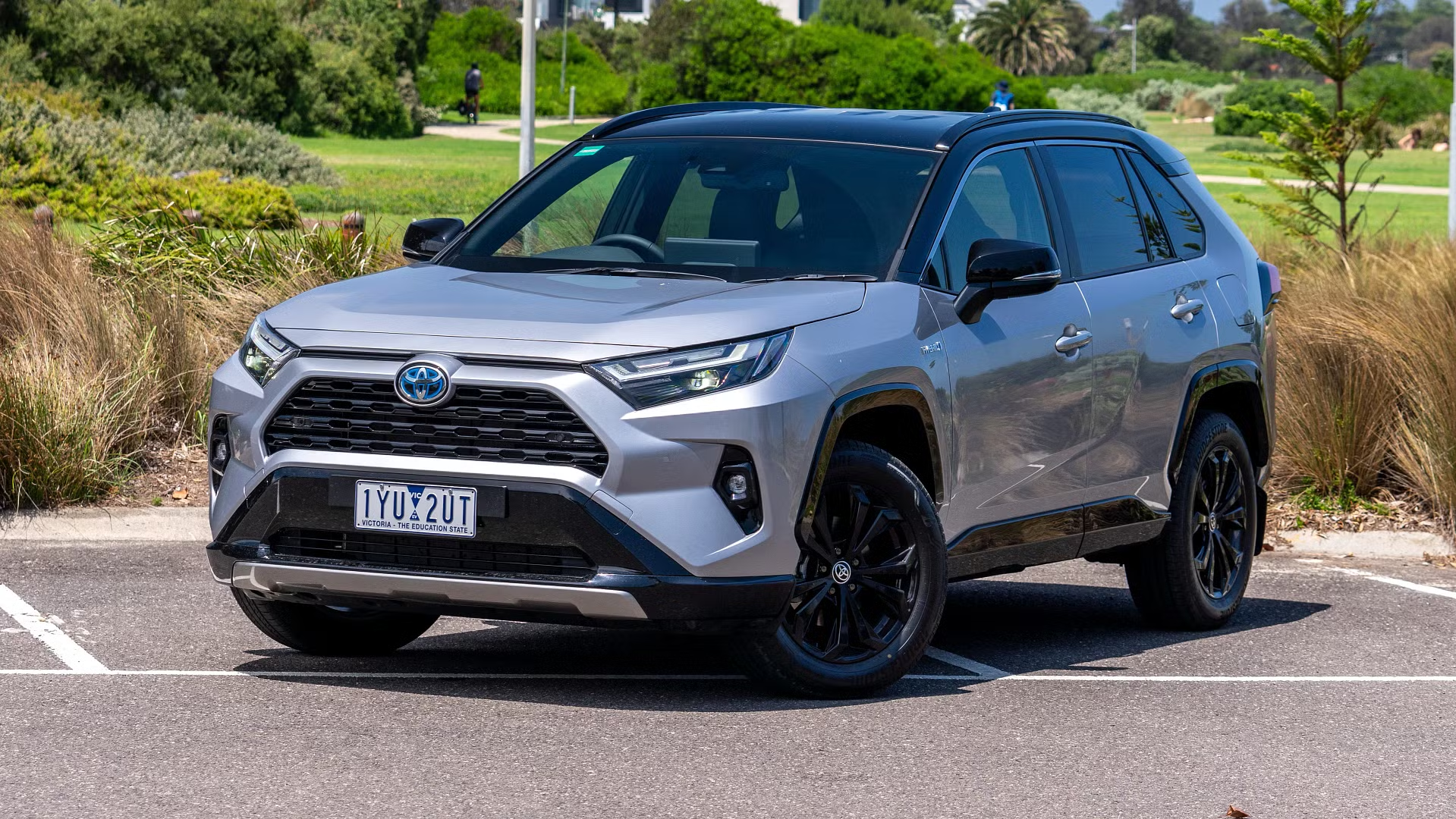
1. Toyota RAV4
The Toyota RAV4 stands as a monumental success story in the crossover segment, a model that has consistently demonstrated an uncanny ability to adapt and thrive amid shifting consumer preferences and intensifying competition.
Introduced in the mid-1990s, the RAV4 essentially pioneered the crossover SUV category by blending the ruggedness and utility of an SUV with the ease of driving and fuel efficiency typically found in smaller cars.
Over the years, Toyota has carefully refined the RAV4 to maintain its competitive edge, continuously updating its powertrain options, safety features, and interior design to appeal to an ever-broadening demographic.
This flexibility in addressing customer needs, ranging from eco-conscious urban dwellers to adventurous families, has secured the RAV4’s enduring popularity.
One of the RAV4’s most significant strengths lies in its comprehensive lineup, including gasoline, hybrid, and plug-in hybrid models. The hybrid variant, in particular, has gained remarkable traction as consumers increasingly prioritize fuel economy and lower emissions without sacrificing power.
Toyota’s renowned hybrid technology, rooted in decades of experience, delivers an efficient yet spirited driving experience, allowing the RAV4 to serve well in congested city traffic and on highway cruises alike.
Additionally, the introduction of the RAV4 Prime, a plug-in hybrid model, provides a compelling option for buyers seeking longer electric-only ranges, reflecting Toyota’s commitment to sustainable mobility and technological advancement.
Beyond powertrain innovations, the RAV4 consistently ranks high for reliability and resale value—two factors that strongly influence consumer purchasing decisions.
Toyota’s reputation for building durable, long-lasting vehicles means many owners keep their RAV4s for years, further bolstering the model’s presence in the used car market and reinforcing its reputation.
Moreover, Toyota’s expansive dealer network and excellent customer service contribute to the overall ownership experience, making the RAV4 not just a popular vehicle to buy but also one that retains its value over time.
The RAV4’s interior and technological offerings have evolved substantially, shifting from simple, utilitarian layouts to well-appointed cabins equipped with user-friendly infotainment systems, advanced safety suites like Toyota Safety Sense, and practical features such as spacious cargo areas and comfortable seating.
This comprehensive package appeals to a wide variety of consumers—from young professionals needing a reliable commuter to families seeking a safe, spacious vehicle for weekend getaways.
The RAV4’s design language has also matured, embracing a more aggressive, modern look that attracts buyers who want their crossover to make a style statement without compromising functionality.
Altogether, the RAV4’s blend of innovation, reliability, versatility, and value cements its status as a crossover that is perpetually “in the market.”
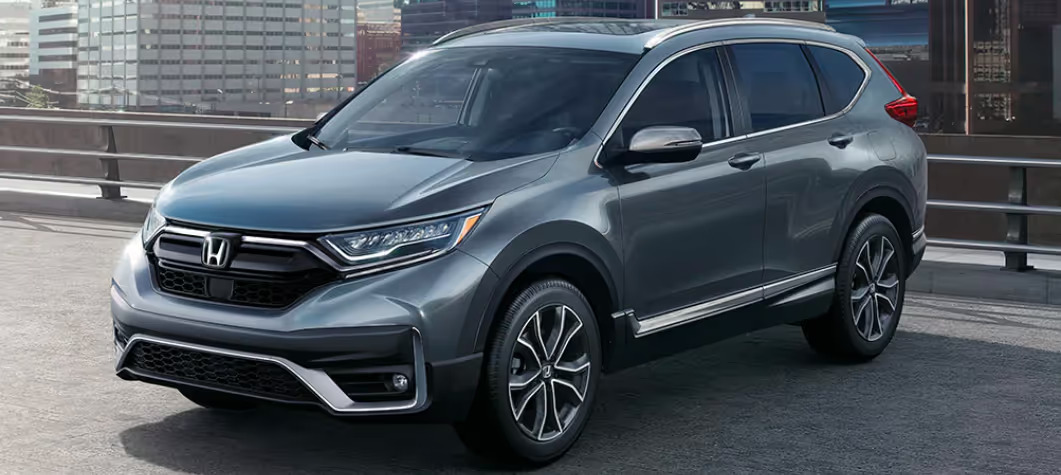
2. Honda CR-V
The Honda CR-V is another heavyweight contender that has maintained a stronghold in the crossover SUV segment for over two decades, celebrated for its blend of reliability, spaciousness, and practicality.
Since its debut, the CR-V has been lauded for its smart packaging and efficient use of interior space, making it one of the most family-friendly vehicles in its class.
Honda’s knack for creating vehicles that marry practicality with everyday usability shines through in the CR-V, whose cabin offers comfortable seating for five and an impressive cargo capacity, often outperforming rivals.
The ergonomics inside the vehicle are thoughtfully designed, with intuitive controls and a focus on passenger comfort, ensuring the CR-V serves both as a commuter car and a versatile family hauler.
Performance-wise, the CR-V has undergone steady evolution, moving from naturally aspirated engines to more modern turbocharged powertrains and introducing hybrid variants to meet increasing environmental demands.
This gradual but deliberate progression has helped Honda maintain a competitive edge in fuel efficiency without compromising on driving dynamics.
The CR-V strikes a balance that appeals to a broad customer base, offering a smooth, predictable ride that instills confidence in both novice and experienced drivers. Additionally, Honda’s proven reliability record assures buyers of long-term durability, a crucial consideration in the used car market.
Safety is a pillar of the CR-V’s appeal, with Honda’s suite of advanced driver assistance features, such as collision mitigation braking, lane-keeping assist, and adaptive cruise control, often included as standard or available options.
These technologies, combined with strong crash-test ratings from independent safety agencies, make the CR-V a reassuring choice for families and safety-conscious consumers.
On top of this, the vehicle’s modern infotainment system has improved significantly, offering smartphone integration, touchscreen interfaces, and voice controls that keep it relevant to today’s tech-savvy buyers.
The CR-V’s global footprint is substantial, as it appeals across diverse markets with varying demands, from North America to Asia and Europe. Its adaptability to different climates, driving conditions, and customer preferences underscores Honda’s skill in crafting a vehicle that transcends regional tastes.
This broad appeal, combined with consistent updates and a solid resale value, has kept the CR-V firmly entrenched in the minds of consumers as a go-to crossover option that balances reliability, comfort, and practicality in a competitive market.
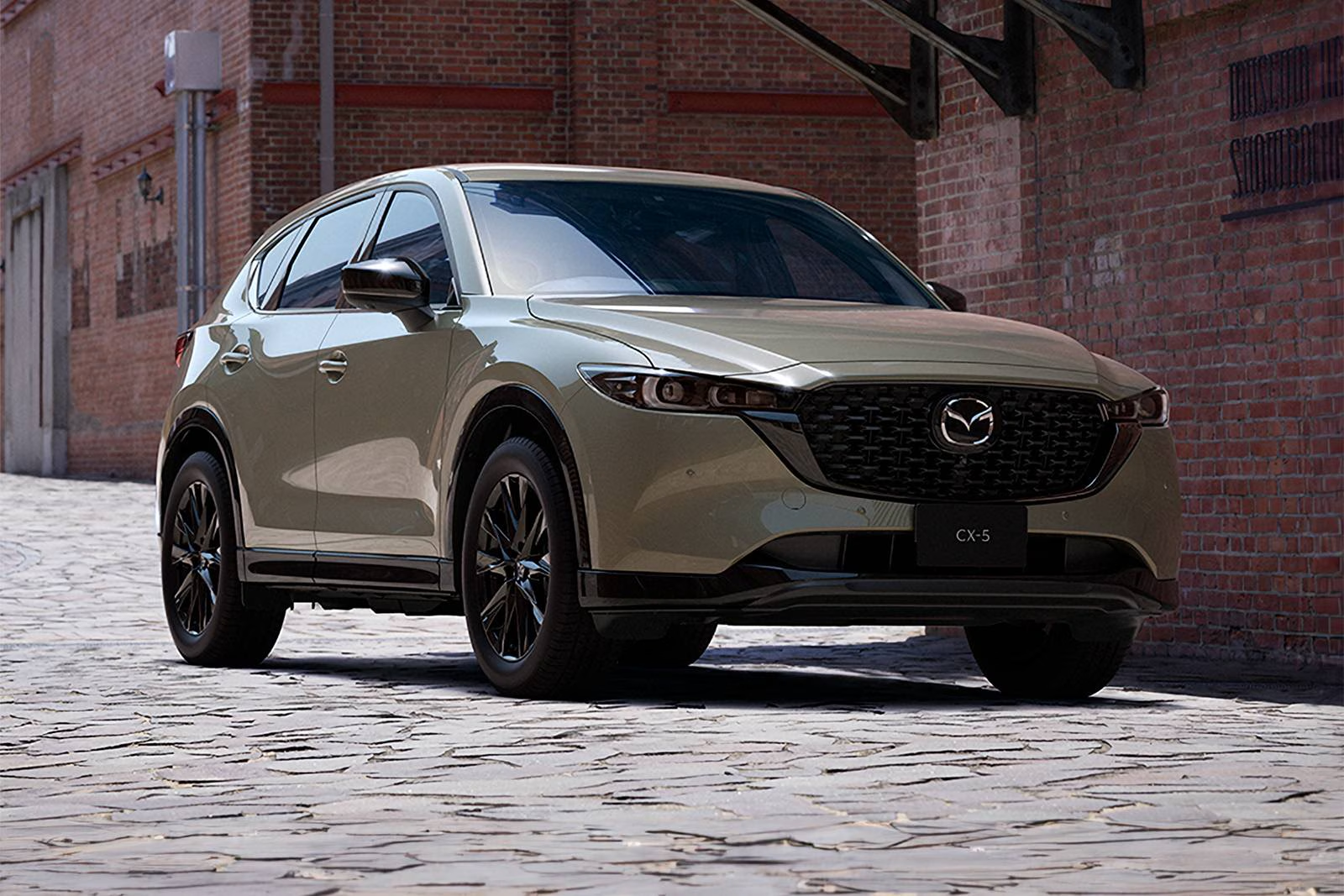
3. Mazda CX-5
Mazda’s CX-5 represents a unique proposition within the crossover segment by prioritizing driving enjoyment alongside practicality—a combination that has won it critical acclaim and a passionate following.
Introduced as Mazda’s first dedicated crossover, the CX-5 challenged conventional expectations that crossovers must sacrifice driving dynamics for utility.
Instead, Mazda focused on crafting a vehicle that delivers precise steering, responsive handling, and an engaging driving experience, drawing heavily from the company’s “Zoom-Zoom” philosophy. This approach appeals to buyers who want more than just a practical family vehicle; they want a car-like feel with agility and style.
The CX-5’s interior design marks another significant departure from many competitors by incorporating premium materials and meticulous attention to detail, creating an ambiance more reminiscent of luxury vehicles.
Soft-touch surfaces, well-stitched leather, and a minimalist yet sophisticated layout elevate the cabin experience, making the CX-5 feel like a higher-tier vehicle without the corresponding price tag.
This focus on refinement extends to the seating comfort, noise insulation, and ergonomic placement of controls, enhancing the driving and riding experience on both short commutes and longer trips.
Mazda’s commitment to fuel efficiency and performance is embodied in its Skyactiv technology, which encompasses engine design, chassis tuning, and weight reduction. The CX-5’s powertrains provide a balanced mix of power and economy, delivering smooth acceleration and confident overtaking capability while keeping fuel consumption reasonable.
In addition, the availability of all-wheel-drive systems broadens the CX-5’s appeal to those living in regions with variable weather conditions or light off-road needs, making it a versatile option for a wide spectrum of drivers.
Technologically, the CX-5 is well-equipped with safety features like adaptive cruise control, blind-spot monitoring, and lane departure warnings, which align it with the best in its class.
The infotainment system integrates well with smartphones, offering Apple CarPlay and Android Auto compatibility, making it easy for users to stay connected on the go.
Overall, the CX-5’s blend of sporty driving dynamics, upscale interior, and practical versatility helps it stand out in a crowded segment, ensuring it remains a perennial favorite for discerning buyers seeking a crossover with a bit more soul.
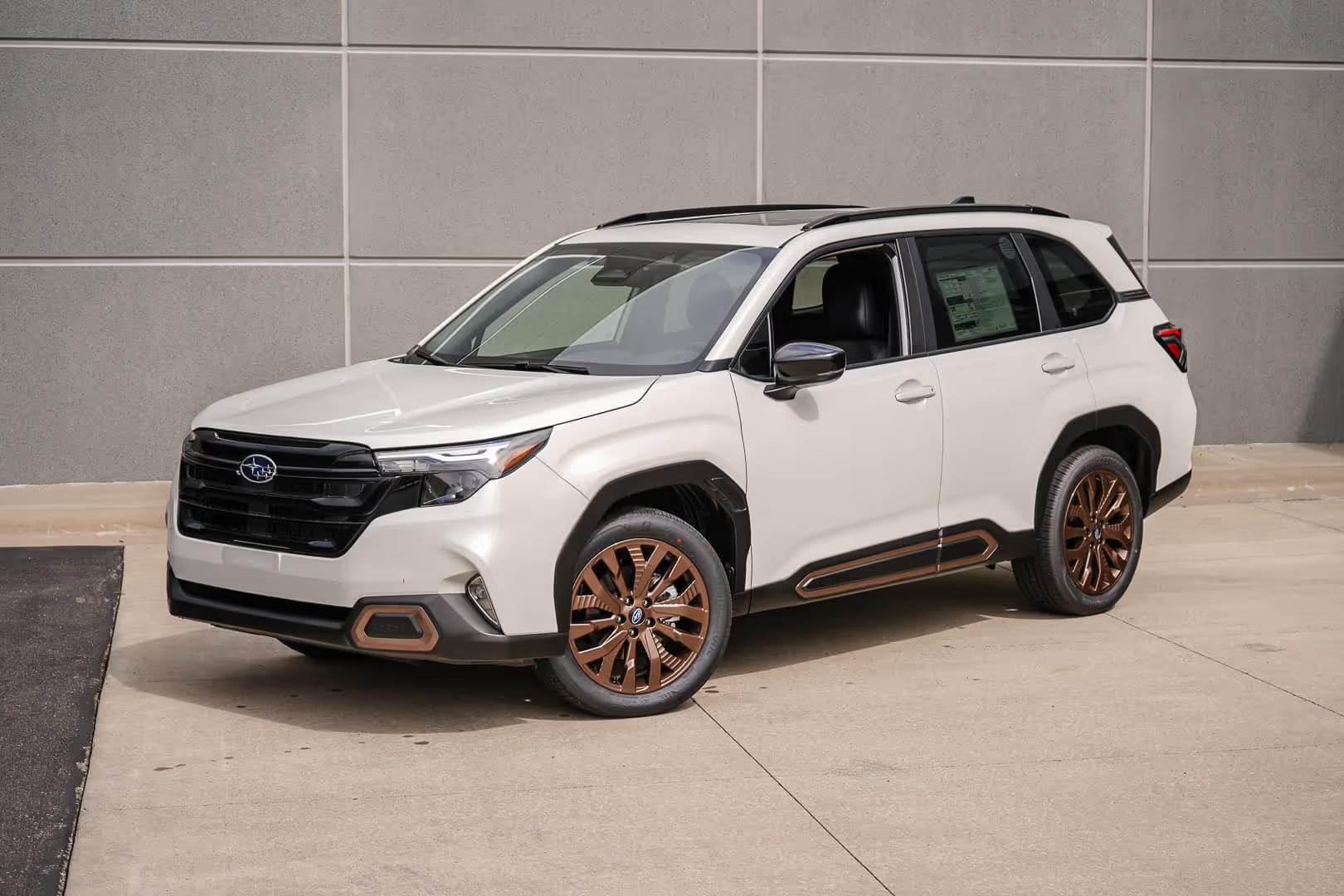
4. Subaru Forester
The Subaru Forester has carved a distinct niche in the crossover market by emphasizing rugged capability, safety, and practicality—attributes that appeal strongly to outdoor enthusiasts and safety-conscious families alike.
One of the defining characteristics of the Forester is its standard all-wheel-drive system, a feature that many competitors offer only as an option or not at all.
This commitment to AWD enhances the vehicle’s traction and stability in adverse weather conditions, such as snow or rain, making it a favorite in regions prone to harsh climates or rough roads.
Subaru’s reputation for durability and mechanical robustness further bolsters the Forester’s appeal to buyers seeking a vehicle that can handle both daily commutes and off-the-beaten-path adventures.
Beyond its drivetrain, the Forester offers a spacious and well-thought-out interior that maximizes passenger comfort and cargo capacity. Its tall roofline provides ample headroom, and large windows contribute to excellent outward visibility—a critical safety and convenience factor that Subaru has consistently prioritized.
The rear seats fold flat easily, expanding cargo space to accommodate larger gear or luggage, underscoring the Forester’s utility. Subaru’s attention to passenger comfort is evident in the quality of materials and the quietness of the cabin, which minimizes road noise and vibrations.
Safety has always been a cornerstone of Subaru’s design philosophy, and the Forester is equipped with the EyeSight Driver Assist Technology suite, which includes adaptive cruise control, pre-collision braking, and lane-keeping assist.
These features contribute to the vehicle’s strong safety ratings and have helped the Forester build a reputation as one of the safest vehicles in its class. For families and safety-conscious buyers, this is a major selling point, further supported by Subaru’s consistent record of reliability and longevity.
The Forester’s combination of rugged capability, safety, and everyday usability has earned it a loyal customer base and sustained market success. Its image as a practical yet adventure-ready vehicle resonates well in today’s crossover market, where consumers increasingly seek versatility without sacrificing comfort or security.
Subaru’s careful balancing of these attributes ensures the Forester remains a staple choice, particularly for buyers who need a dependable vehicle that can thrive in diverse driving conditions.
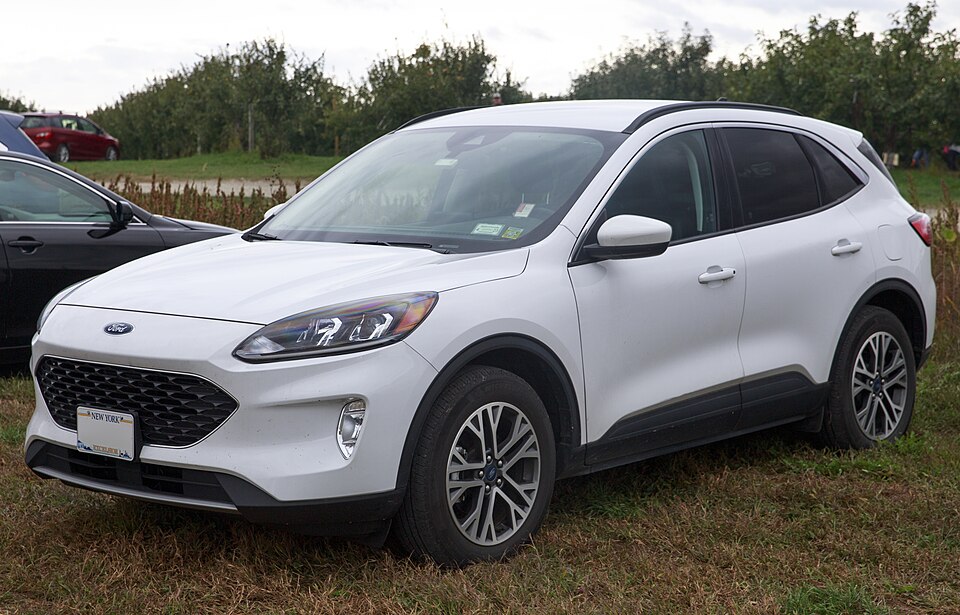
5. Ford Escape
The Ford Escape is a cornerstone of Ford’s SUV lineup and has successfully navigated the complexities of the crossover market by consistently evolving to meet changing consumer expectations.
Introduced in the early 2000s, the Escape was one of the first compact SUVs to capture wide market attention, and Ford has continually refined the model to retain its appeal.
One of the Escape’s biggest strengths is its diverse range of powertrains, including gasoline engines, hybrids, and plug-in hybrid variants, which reflect Ford’s broader strategy toward electrification and sustainability.
This wide range of powertrain options allows the Escape to cater to a broad audience, from those prioritizing fuel efficiency to buyers looking for more traditional performance.
The plug-in hybrid model, for example, offers an electric-only driving range that suits short commutes and urban driving, reducing emissions and fuel costs. Meanwhile, the gasoline-powered versions deliver responsive acceleration and smooth handling, making the Escape adaptable to various driving styles and preferences.
The interior of the Escape has undergone significant upgrades, incorporating advanced technology and connectivity features that appeal to modern buyers.
Ford’s SYNC infotainment system provides easy smartphone integration, voice commands, and a responsive touchscreen interface, enhancing convenience and user experience.
The cabin design focuses on passenger comfort, with quality materials, ample legroom, and flexible cargo configurations that enhance practicality for families or active individuals.
Safety is another area where the Escape shines, equipped with a host of driver assistance features such as blind-spot monitoring, lane-keeping assist, and automatic emergency braking.
These technologies contribute to its strong safety ratings and align the Escape with consumer expectations for modern vehicles. Ford’s extensive dealer network and service infrastructure also play a role in maintaining the Escape’s popularity, offering accessible maintenance and support.
Overall, the Ford Escape exemplifies a successful crossover that combines versatility, technology, and an array of powertrain choices. Its ability to adapt to evolving trends, including the shift toward electrification, ensures that it remains relevant and competitive in a market flooded with options. The Escape’s balance of comfort, innovation, and practicality secures its spot as one of the crossovers that are always in demand.
5 Crossovers That Are Saturated
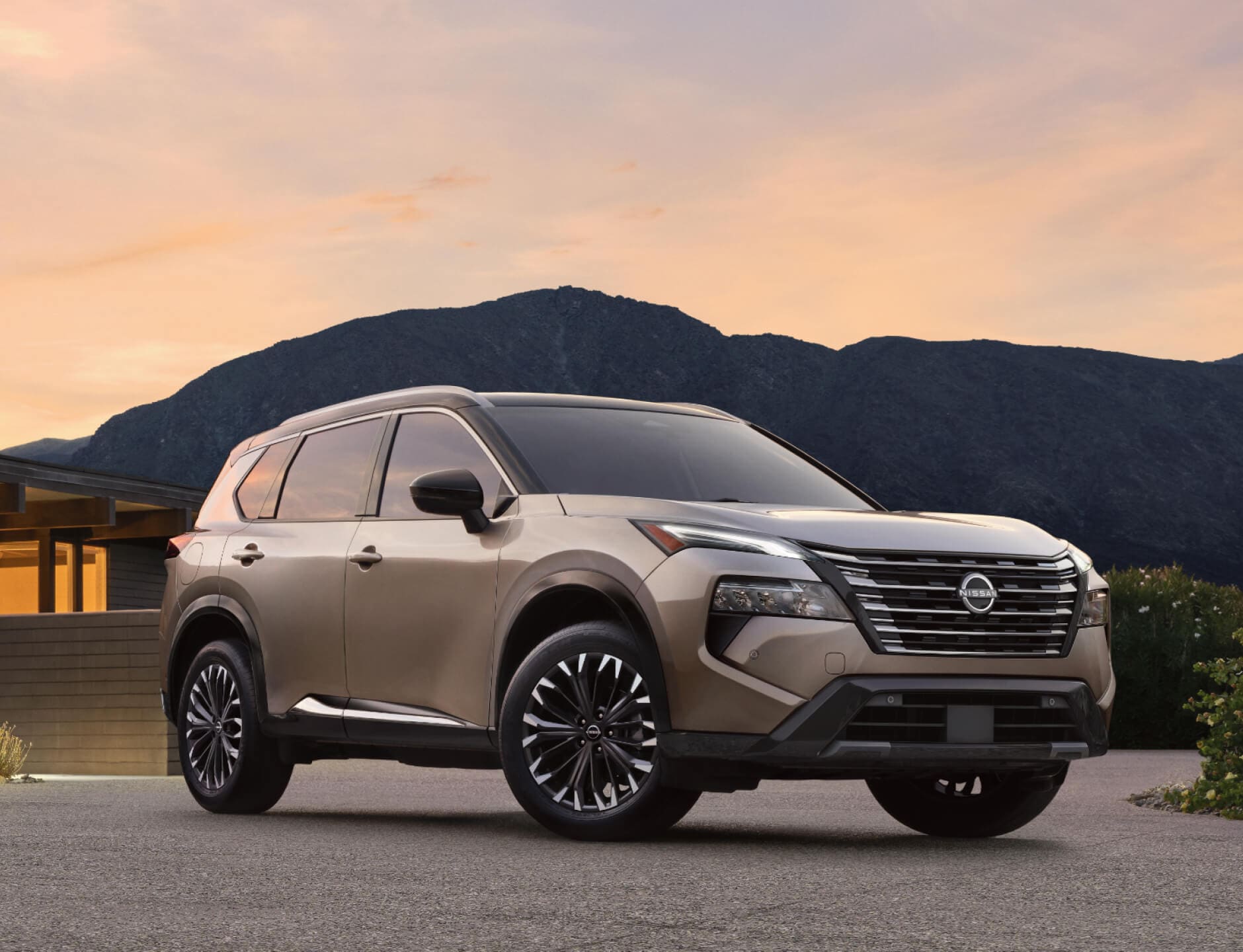
1. Nissan Rogue
The Nissan Rogue has been a significant player in the compact crossover market for many years, but despite its initial popularity, it now faces the challenge of market saturation. The Rogue first gained attention due to its spacious interior, smooth ride, and affordability, appealing to families and budget-conscious buyers.
However, the segment in which the Rogue competes has become intensely crowded with many competitors offering superior features, refined powertrains, and more compelling designs. Nissan has struggled to keep the Rogue fresh and exciting enough to stand out consistently in a sea of similarly priced and equipped vehicles.
Part of the saturation problem comes from the Rogue’s design and feature updates lagging behind competitors. While rivals have introduced turbocharged engines, hybrid variants, and cutting-edge infotainment, the Rogue’s offerings have sometimes felt dated or uninspired.
Though recent generations have attempted to remedy this with refreshed styling and added technology, many consumers still perceive it as less innovative. This perception diminishes its competitive edge, especially when buyers have abundant options from brands that emphasize sporty dynamics, luxury features, or hybrid efficiency.
Moreover, Nissan’s lineup compounds the saturation issue. With models like the Nissan Kicks and Murano overlapping in size and price points, the Rogue ends up competing against its siblings, potentially confusing buyers and diluting its market share.
Dealers and marketing efforts must stretch thin to promote multiple crossover options within the same brand, which can reduce the Rogue’s distinctiveness. This internal competition makes it harder for the Rogue to dominate or carve out a unique niche, further contributing to a feeling of saturation.
Another factor is the Rogue’s intense competition outside of Nissan’s portfolio. Crossovers such as the Toyota RAV4, Honda CR-V, and Mazda CX-5 have aggressively raised the bar in terms of driving dynamics, safety features, and interior quality, squeezing the Rogue into a tighter position.
Additionally, newer players with hybrid or electric powertrains have attracted environmentally conscious consumers, a segment where the Rogue has been slower to establish a foothold. Consequently, the Rogue is often viewed as a practical but less desirable option, making it a classic example of a model trapped in an oversaturated crossover market.
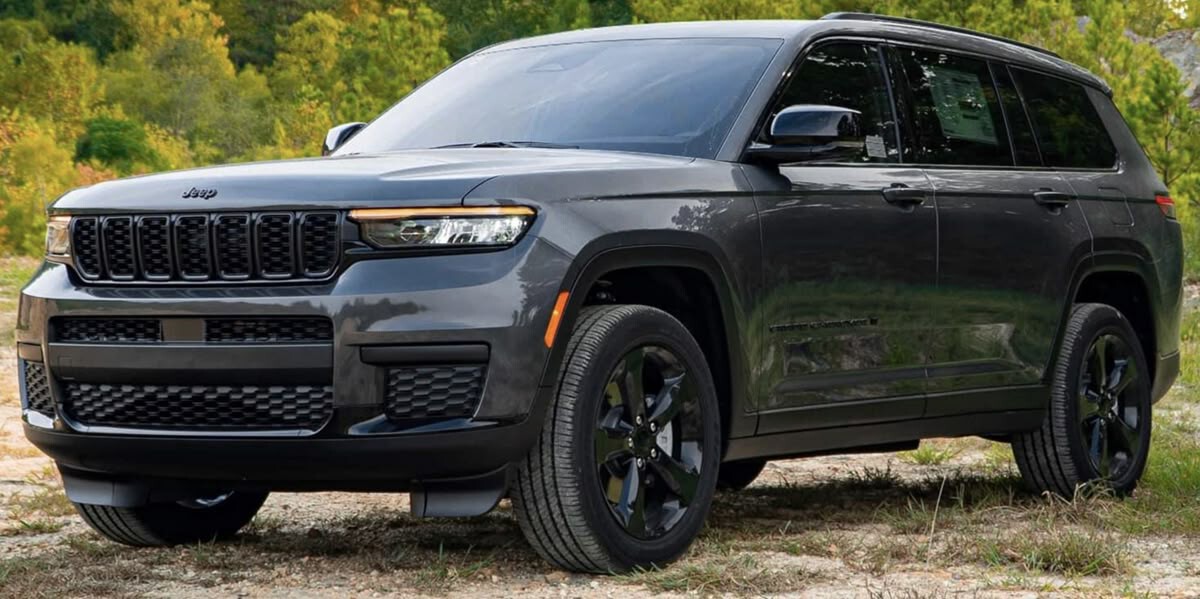
2. Jeep Cherokee
The Jeep Cherokee is a crossover that has experienced fluctuating fortunes in the market, primarily due to saturation within both the Jeep lineup and the broader midsize SUV segment. Known historically for its off-road capabilities and rugged design, the Cherokee initially stood out by bridging traditional Jeep toughness with crossover comfort.
However, as Jeep expanded its offerings, the Cherokee began to lose some of its distinctiveness, especially when compared with the larger Jeep Grand Cherokee and the newer Jeep Compass and Renegade models.
One major contributor to saturation is the Cherokee’s struggle with reliability and perceived quality. Over several model years, the Cherokee has faced criticism for mechanical issues and infotainment glitches, which have impacted consumer confidence and resale values.
In a market where buyers can find equally capable SUVs with fewer reported problems, the Cherokee often loses out, creating an impression that it’s a “riskier” purchase. This reliability concern has caused many prospective buyers to consider competitors or other Jeep models, intensifying saturation effects.
Furthermore, Jeep’s aggressive expansion into the compact and midsize crossover markets has led to multiple models vying for overlapping customer segments. The Cherokee, Compass, and Grand Cherokee all compete for buyers looking for SUVs that balance on-road comfort and off-road capability.
This internal overlap not only saturates Jeep’s product lineup but also causes confusion about which model best suits consumer needs. Customers might hesitate, unsure whether to opt for the smaller Compass or the more expensive Grand Cherokee, leaving the Cherokee stuck in an ambiguous middle ground.
From a competitive standpoint, the midsize crossover market itself is highly saturated with numerous brands offering vehicles with better fuel economy, advanced safety tech, and higher-quality interiors.
The Cherokee’s off-road heritage gives it a niche advantage, but the average buyer often prioritizes comfort, technology, and efficiency over ruggedness, especially in urban or suburban environments.
This mismatch between what the Cherokee offers and what many crossover buyers want contributes to its saturation and sales plateau. It remains a viable choice for Jeep loyalists and off-road enthusiasts but struggles to attract a broader audience in an overcrowded field.
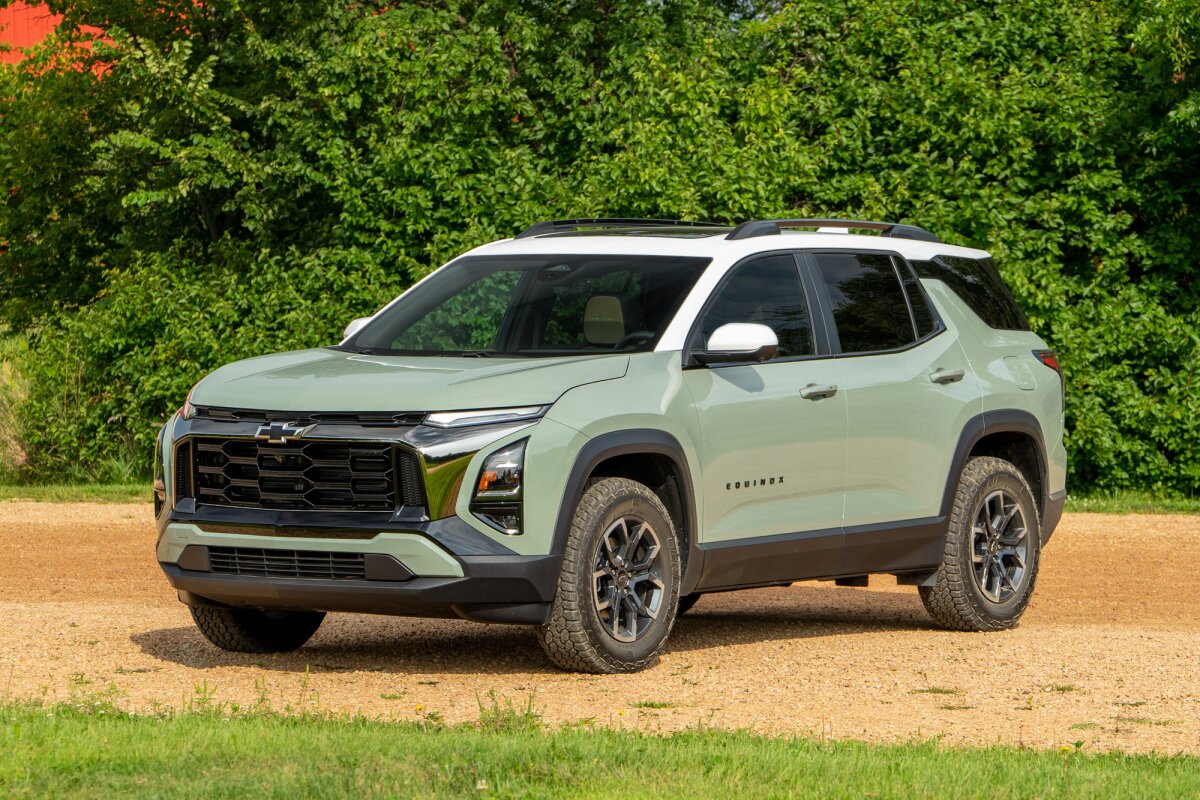
3. Chevrolet Equinox
The Chevrolet Equinox is another example of a crossover that has become saturated in the marketplace, partly due to its initial popularity but also because of aggressive competition and internal brand challenges. Positioned as a practical, affordable compact SUV, the Equinox drew buyers looking for straightforward utility and decent technology at a reasonable price.
However, over time, the model’s appeal has dimmed as rivals introduced more stylish designs, turbocharged engines, and advanced hybrid powertrains that the Equinox was slow to adopt.
A significant factor leading to the Equinox’s saturation is Chevrolet’s sometimes inconsistent approach to innovation and marketing within the crossover segment. While the Equinox received updates, these often lagged behind competitors’ leaps in technology and design sophistication.
For example, competitors added features like larger touchscreens, more intuitive infotainment systems, and extensive driver assistance packages earlier than Chevrolet. This left the Equinox feeling less contemporary, particularly to younger buyers and tech-savvy consumers who place a premium on connectivity and modern styling.
Chevrolet’s broader lineup has also contributed to the Equinox’s crowded market position. With multiple SUVs like the Trailblazer, Blazer, and Traverse overlapping in size and pricing, Chevrolet tends to saturate its product offerings.
This internal competition forces the Equinox to fight for attention not only against other brands but also against siblings within the GM family. Consumers may find it confusing to choose among these many options, often defaulting to crossovers with clearer, more defined value propositions.
Another challenge for the Equinox is the shift in consumer preference toward electrification and efficiency. While Chevrolet has made strides with its electric Bolt and introduced hybrid versions in other segments, the Equinox’s hybrid variant has been slow to gain traction compared to rivals’ hybrids and plug-in hybrids.
This puts the Equinox at a disadvantage in a market where eco-conscious buyers increasingly seek electrified powertrains. As a result, despite decent sales figures, the Equinox exemplifies the problems of a crossover caught in an overly crowded and evolving market space, where standing out requires more than basic competence.
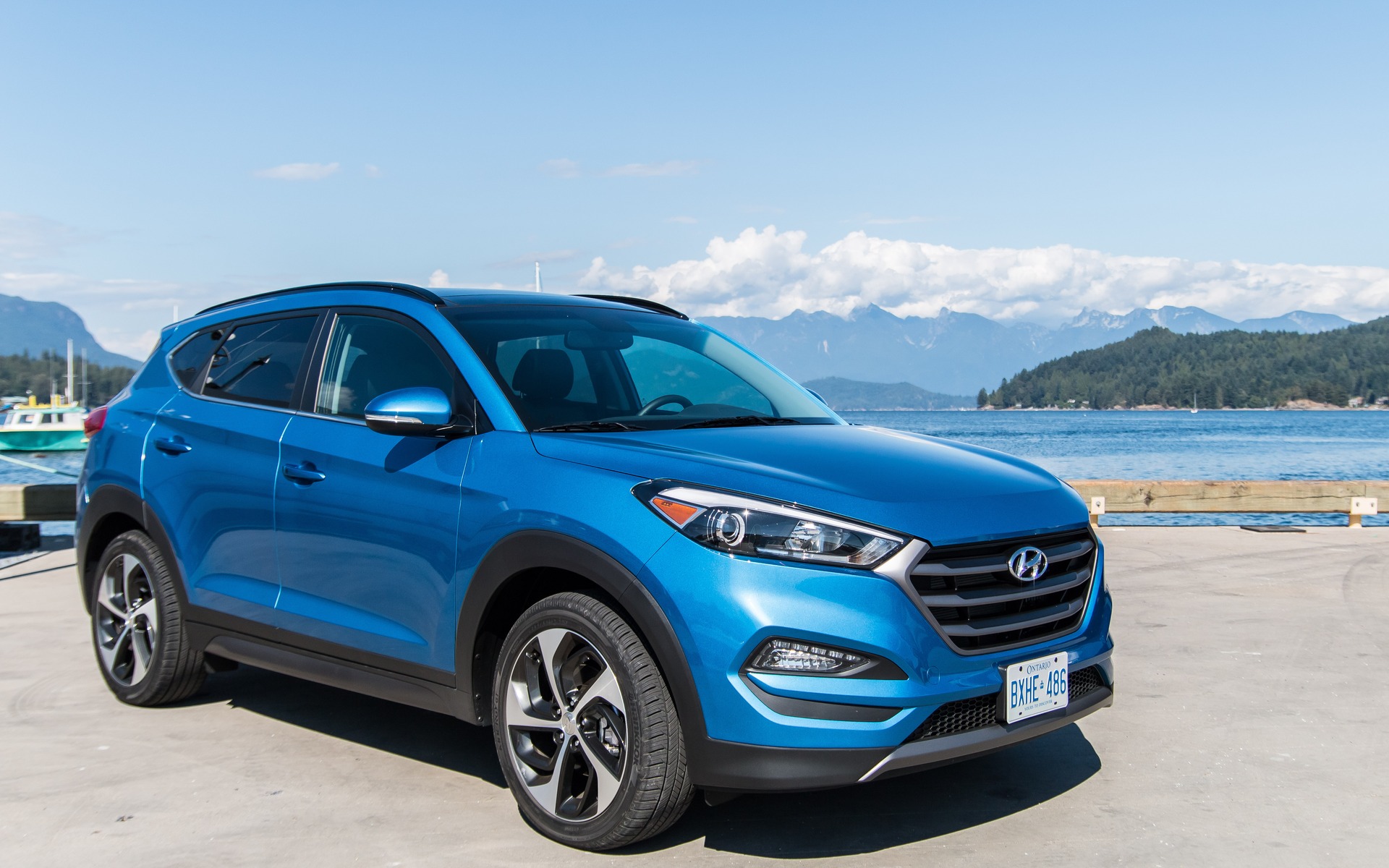
4. Hyundai Tucson
The Hyundai Tucson was once a fresh and exciting entry in the crossover market, known for delivering excellent value, modern design, and strong warranty coverage. However, as Hyundai expanded its product portfolio and the overall market swelled with new competitors, the Tucson has experienced signs of saturation.
While it still sells well, the Tucson finds itself in a cluster of similarly sized SUVs, including other Hyundai models like the Kona and Santa Fe, as well as numerous offerings from other manufacturers.
One reason for this saturation is the sheer volume of competitors in the compact crossover space, many of which have pushed the envelope with eye-catching designs, innovative technology, and improved fuel efficiency.
The Tucson, despite recent redesigns that brought more aggressive styling and hybrid options, must constantly keep pace with rivals like the Toyota RAV4 and Honda CR-V, which enjoy larger loyal customer bases and more established reputations.
This dynamic makes it challenging for Tucson to dominate or expand its market share without aggressive pricing or promotions.
Hyundai’s strategy of offering multiple crossovers across different size segments sometimes leads to internal market cannibalization, similar to what is seen with other brands. Buyers shopping for a compact SUV might consider the Tucson, Kona, or even the smaller Venue, making it harder for the Tucson to maintain a unique selling proposition.
This internal competition necessitates frequent refreshes and feature updates to keep Tucson relevant, which can dilute the impact of each model refresh and create a sense of market saturation.
Additionally, while Hyundai has made significant progress with electrified versions of the Tucson, including hybrid and plug-in hybrid trims, the segment is quickly becoming crowded with alternatives offering longer electric-only ranges or more premium features.
The accelerating shift towards electrification demands rapid innovation, and any delays or shortcomings in this area can exacerbate the feeling of saturation. The Tucson remains a well-rounded, competitive option, but now must work harder than ever to stand out in a saturated and fast-evolving crossover market.
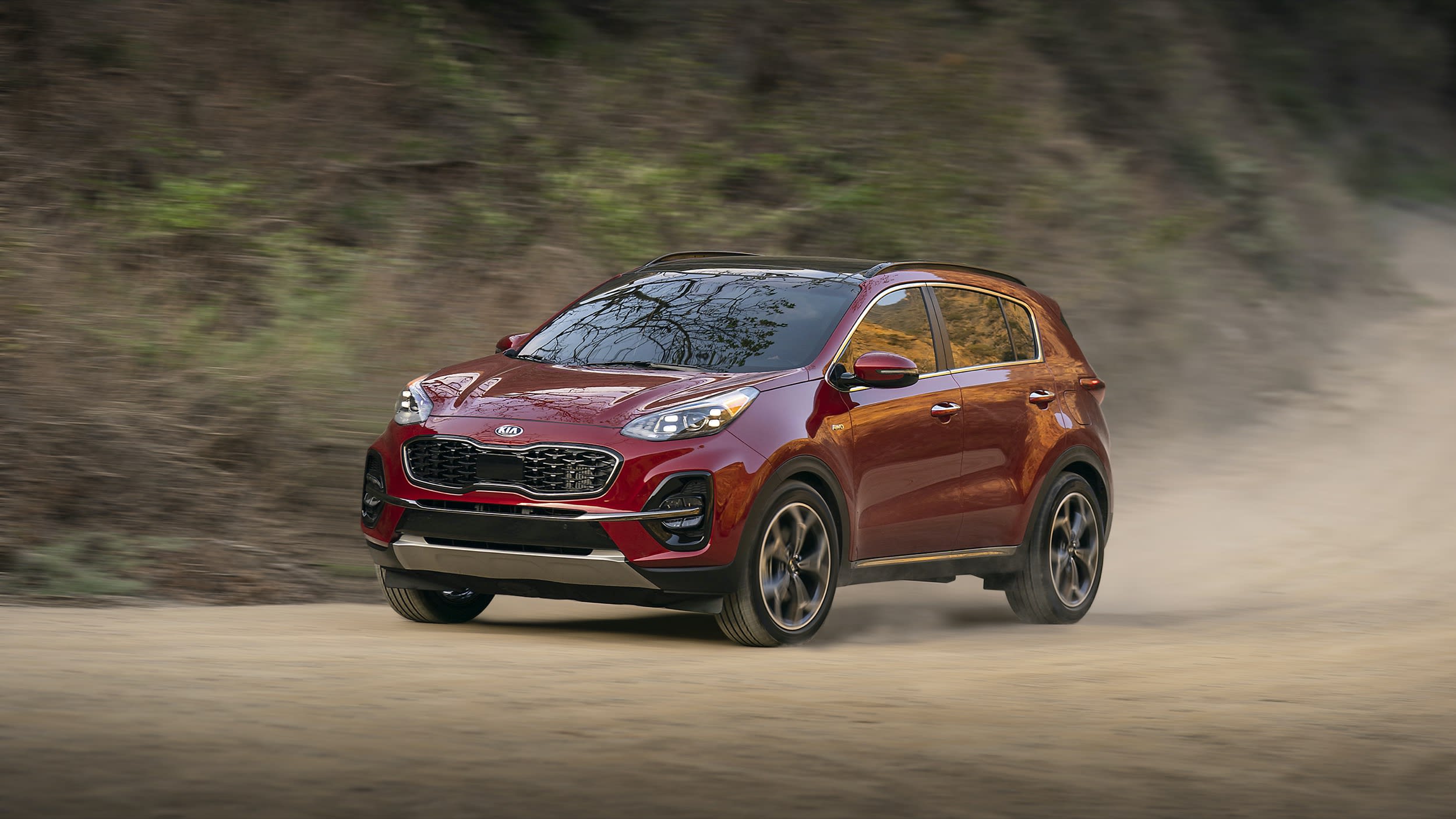
5. Kia Sportage
The Kia Sportage has been a staple in the compact crossover category for many years, offering a blend of value, style, and practicality. However, despite its strengths, the Sportage faces saturation challenges due to an increasingly crowded market and a blurring of lines within Kia’s own lineup. The crossover segment’s popularity has driven countless manufacturers to flood the market with similar-sized SUVs, leading to intense competition and a need for constant innovation to maintain relevance.
While the Sportage has seen notable updates, including improved design aesthetics and the introduction of hybrid and plug-in hybrid models, it must continually compete with a growing number of rivals that offer comparable or superior technology, performance, and comfort.
Brands like Mazda with its CX-5, Toyota with its RAV4, and even within Kia’s sibling brand Hyundai’s Tucson, all provide options that can attract the same buyer demographic. This saturation creates a crowded landscape where subtle differences between models may not be enough to influence a consumer’s choice decisively.
Kia’s own product strategy, which includes several crossovers and SUVs across different sizes and price ranges, sometimes works against the Sportage’s distinctiveness. Models like the Seltos and Sorento may overlap in target markets, causing potential buyers to weigh multiple Kia options against each other. While this can increase brand loyalty overall, it also makes it more difficult for any one model to dominate its category or clearly define its niche.
Moreover, the Sportage competes in a segment rapidly moving toward electrification and advanced safety and infotainment technologies. Although Kia has introduced electrified variants and improved tech offerings, competitors are advancing quickly, making it essential for the Sportage to keep pace.
Without continual updates and clear differentiation, the Sportage risks being just another face in a saturated crossover crowd, where consumers’ preferences increasingly lean toward standout innovation and performance.
Also Read: 10 Affordable Suspension Upgrades for Smoother Rides
The modern crossover market embodies a dynamic and evolving segment of the automotive industry, reflecting broader trends in consumer preferences, technology, and sustainability.
Our examination of five crossovers that remain perennial favorites alongside five others mired in market saturation reveals a great deal about what it takes to succeed in this fiercely competitive space.
At its core, success in the crossover market hinges on a vehicle’s ability to continually adapt to shifting demands, whether through technological innovation, reliability, versatility, or brand strength.
Crossovers like the Toyota RAV4, Honda CR-V, Mazda CX-5, Subaru Forester, and Ford Escape have demonstrated an impressive ability to evolve with the times, seamlessly integrating advancements in powertrain efficiency, safety technology, and infotainment systems.
Their continued popularity is no accident; it reflects a deliberate and strategic effort by their manufacturers to listen to consumers, anticipate trends, and deliver vehicles that resonate on multiple levels.
These models embody the principle that staying “always in the market” requires more than just launching a competent vehicle—it demands ongoing refinement and responsiveness to the marketplace’s pulse.
Conversely, the saturation faced by models such as the Nissan Rogue, Jeep Cherokee, Chevrolet Equinox, Hyundai Tucson, and Kia Sportage highlights the perils of an overcrowded and rapidly shifting segment.
Saturation often results from a combination of factors, including intense competition, internal brand overlap, inconsistent innovation, and failure to clearly define a model’s unique value proposition.
For these crossovers, maintaining relevance means overcoming challenges posed not only by rival brands but also by their own product families. Without distinct positioning and continual upgrades, even previously successful models can become lost in a sea of options, struggling to attract buyers or justify premium pricing.
Another critical theme underscored by this contrast is the growing importance of electrification and environmental considerations in shaping the future of the crossover market.
As hybrid and electric powertrains gain prominence, models that embrace these technologies early and effectively are better positioned to capture emerging customer segments and regulatory incentives.
Many of the crossovers “always in the market” have already incorporated hybrid variants or plug-in hybrids, while some saturated models lag in electrification efforts. This technological gap will likely influence market dynamics even further in the coming years.
From a consumer perspective, the lessons are clear: when choosing a crossover, it is important to consider not only the immediate appeal of price or design but also factors such as reliability, resale value, technological relevance, and brand reputation.
Models that have withstood market pressures and continue to innovate tend to offer more sustainable ownership experiences and better long-term value.
On the other hand, buyers should approach heavily saturated segments with caution, paying close attention to the distinct advantages—or disadvantages—that individual vehicles offer relative to the broader competitive landscape.
Looking ahead, the crossover market is unlikely to slow its growth or complexity. Manufacturers will continue to develop new variants, electrified models, and feature-rich trims in a bid to capture diverse consumer groups.
The winners will be those that balance innovation with proven quality, brand trust with fresh appeal, and utility with technological advancement. For buyers, understanding the nuances of this evolving market will become increasingly vital to making informed decisions in an ever-more crowded field.
In summary, the story of crossovers that are always in demand versus those that are saturated provides a valuable lens through which to view the challenges and opportunities of the modern automotive marketplace. It underscores the importance of adaptability, differentiation, and consumer-centric design in an industry that is changing faster than ever before.
Whether you are a car buyer, enthusiast, or industry observer, recognizing these dynamics offers a deeper appreciation for why some vehicles remain steadfast favorites while others struggle for relevance and how the future of crossovers will continue to unfold.

